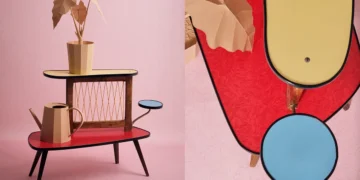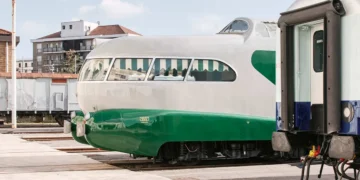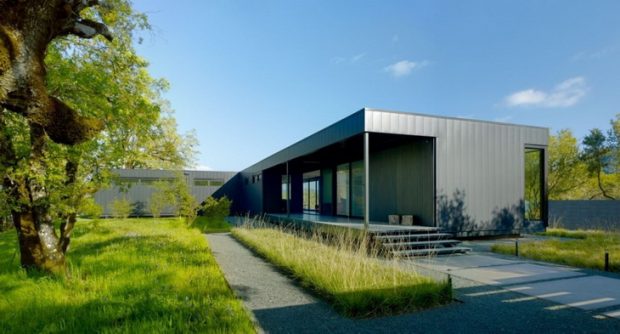
Designing an energy efficient home isn’t always the easiest thing to do, but it is a smart path to take. Energy efficient means you are not only saving yourself money by consuming less energy, but it also helps protect the environment.
Let’s take a look at home steps you should consider if you are designing an energy efficient home:
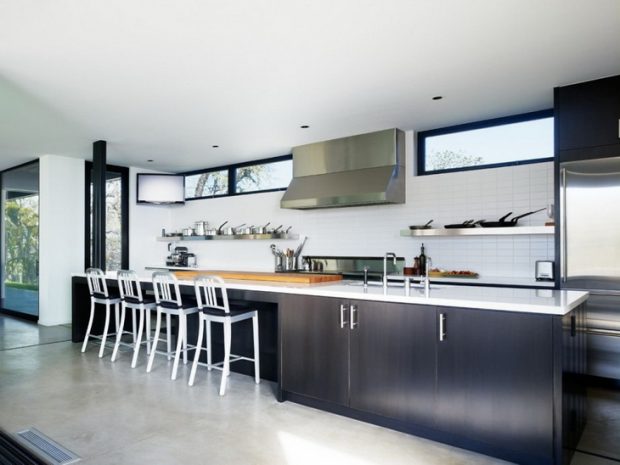
It Starts With a Smart Design
It all comes from the beginning. Anyone involved in the building process needs to be on the same page – keeping the home as energy efficient as possible.
The beginning stages also need to take into consideration the uncontrollable factors – sun, wind, temperature, climate, basically anything related to the weather that you cannot control. If you live in an environment that has more cold days, this will affect your build. But if you live in an area that is relatively warm all year round, your design will be different.
If you plan to install solar panels, a windmill or anything that produces your electricity, the sun and wind amounts and directions are essential. If you put up a windmill that isn’t in the course of the wind, it won’t do you much good. Same as if you put solar panels on the side that barely sees any sun, you won’t get a lot of energy out of them.
Seal it Up
Imagine on a chilly night, you cover yourself with a blanket that has large holes. The cold air still seeps through to your body. The blanket won’t do you any good to keep you warm.
The same goes for your house. If you have any gaps that are not insulated and sealed off, the outside elements will sneak in. Not only that, any heat you have inside will work its way out. If your home is not thoroughly sealed, all your efforts to be energy efficient will go to waste.
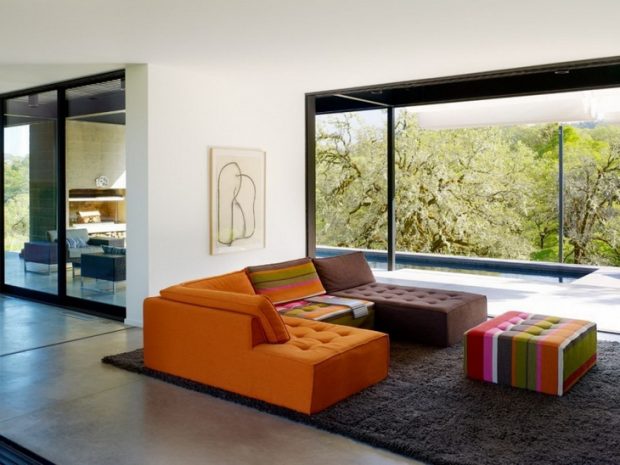
Energy Efficient Appliances
Considering how frequently kitchens are used, it’s essential to make sure you’re using energy consciously. First off, you obviously want to check if you have a good and affordable energy provider – you can check this article to see who got voted the best fpr supplier. Then just by introducing some simple upgrades and changes, you can make your kitchen energy efficient. Here’s how.
So you do all the work to get the home sealed off and built in a way that is sustainable, but then you install appliances and equipment that guzzles up all the electricity possible. It ends up defeating the purpose of what you are trying to do.
So take into consideration the types of appliances you are installing in the home. Looking for things that are as energy efficient as possible.
One example would be a home heat recovery system from BPC Ventilation. What this does is circulate the air throughout the home all while regulating the temperature. The system sucks up the stale, moist air from areas like the kitchen and the bedroom. As it passes through the heat exchanger, it meets with the incoming fresh air pulled from outside. The old air transfers its warmth over to the fresh air before being expelled outside. The incoming air is not only clean, but it is also now warm. It then flows into the areas of the house like bedrooms and the dining room.
This ventilation system is energy efficient since it runs on a low option unless you need it to produce more. It regulates the humidity levels by circulating the air and heats the home when needed.
All images coming from the beautiful Long Valley Ranch House project by architects from Marmol Radziner















